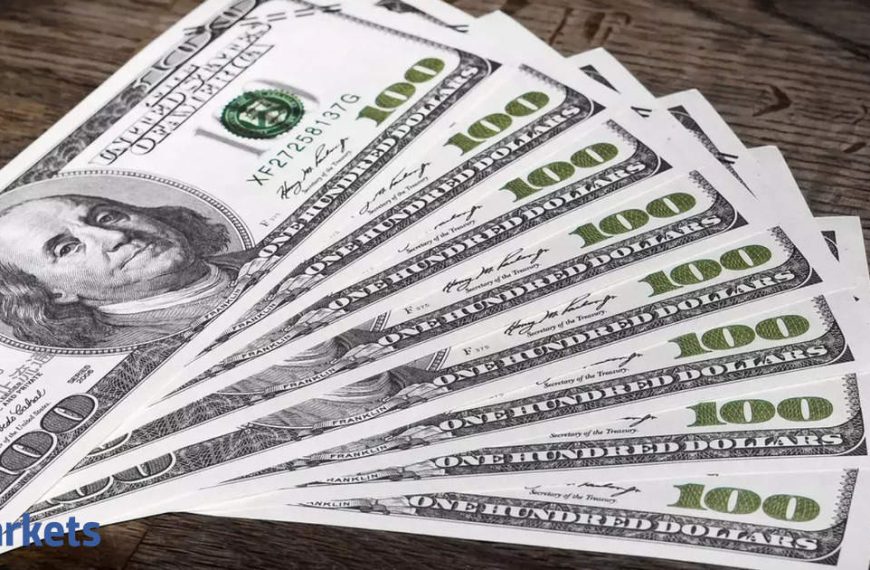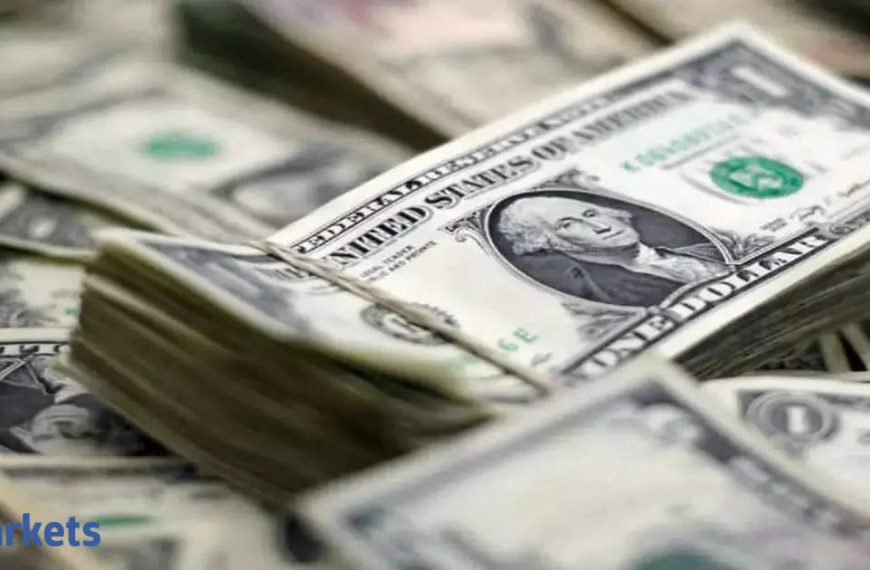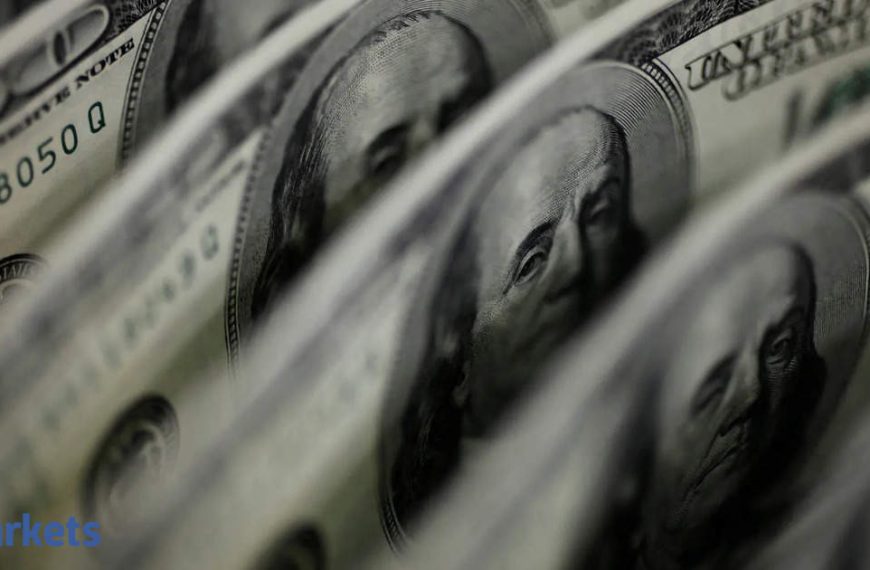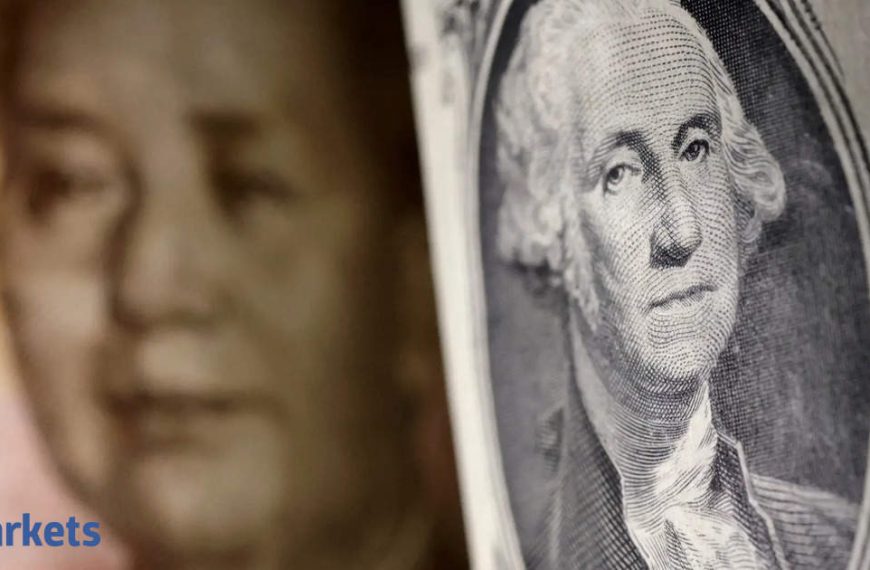On Monday, the U.S. dollar faced a significant decline as investor confidence waned amid President Donald Trump’s controversial plans regarding the Federal Reserve. This uncertainty raises serious questions about the independence of the central bank and its ability to operate free from political pressures, leading to a considerable drop in the dollar’s value.
Impact of Trump’s Statements on the Dollar
Economic advisor Kevin Hassett mentioned on Friday that discussions were ongoing about the possibility of removing Fed Chair Jerome Powell from his position. This comment came just a day after Trump expressed his frustration, stating that Powell’s removal "cannot come fast enough," urging the Fed to lower interest rates. As a result, the dollar fell to its lowest level against the euro in three years, dropping to $1.1476, and hit a seven-month low against the yen.
- The dollar decreased by 0.9% against the Swiss franc.
- Trading volumes were low due to market closures in Australia and Hong Kong for Easter Monday.
Market Reactions and Expert Opinions
Vishnu Varathan, head of macro research for Mizuho, pointed out that while Trump cannot directly fire Powell, he could still influence the perception of the Fed’s independence. “Creating the perception of a potential overhaul in the Fed’s independence could be just as damaging,” Varathan noted.
The euro reached a peak of $1.1476, while the dollar traded 0.58% lower at 141.40 yen. Additionally, the British pound soared to $1.3339, marking its highest value since October 2022. The Australian dollar also climbed to a two-month high of $0.6396.
- Concerns about tariffs and trade policy have further exacerbated the dollar’s decline.
- The dollar index fell to 98.623, marking a three-year low.
Global Currency Trends
The New Zealand dollar gained 0.46% to $0.5964, and the offshore yuan rose by approximately 0.1% to 7.2966 per dollar. As the trade war between the U.S. and China escalates, many expect China to maintain its benchmark lending rates but anticipate upcoming stimulus measures to counteract economic pressures.
In summary, the turmoil surrounding the Fed and Trump’s trade policies has led to a significant depreciation of the dollar, highlighting the fragile state of the U.S. economy and the potential implications for global markets. Investors are closely monitoring developments as the situation unfolds.











